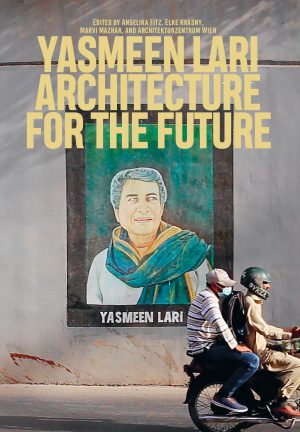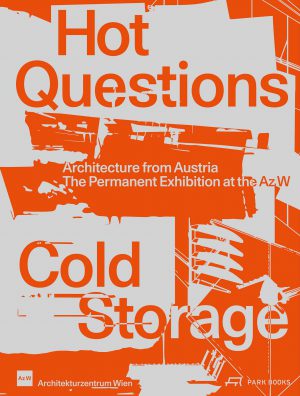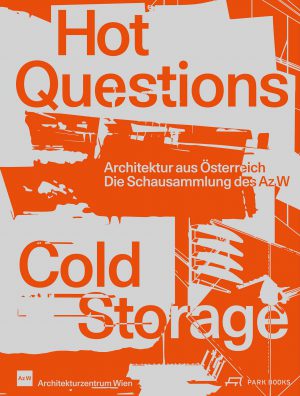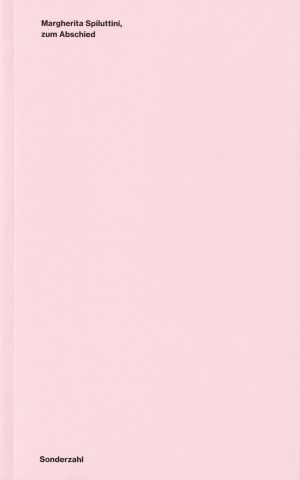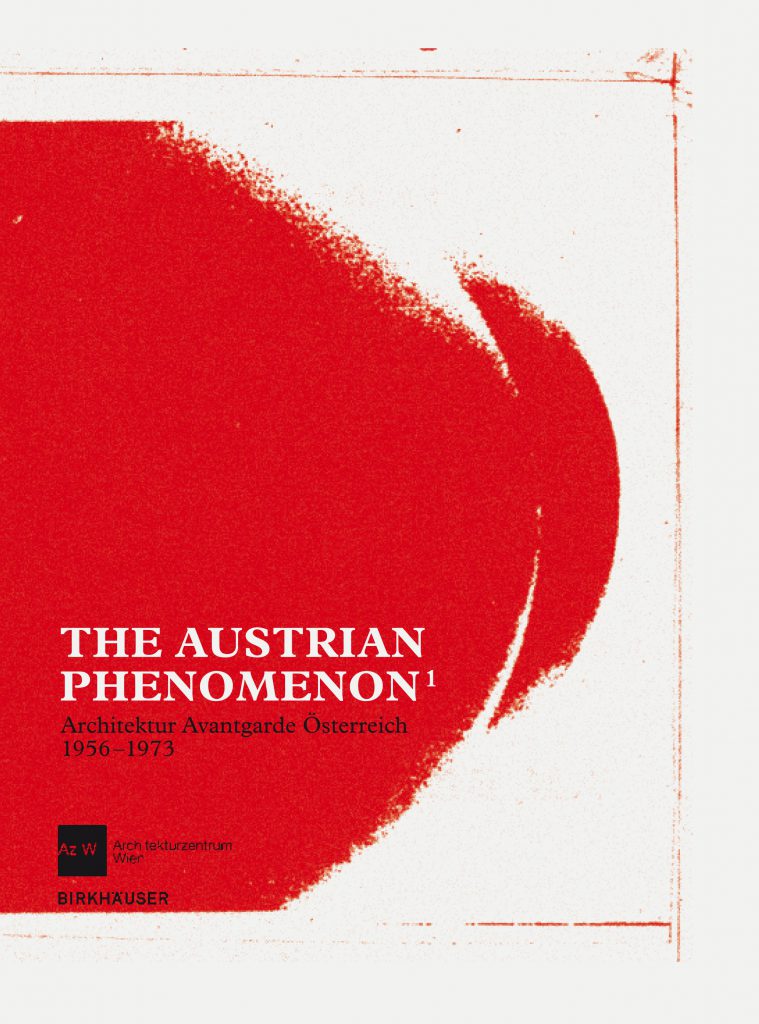
In the Austria of the wild 1960s, the visionary designs of architects and artists garnered international attention. Described as the "Austrian phenomenon," these projects and installations contained the concentrated creativity of the Austrian architectural neo-avant-garde between 1956 and 1973.
92,40 €
incl. 10% VAT plus shipping costs

